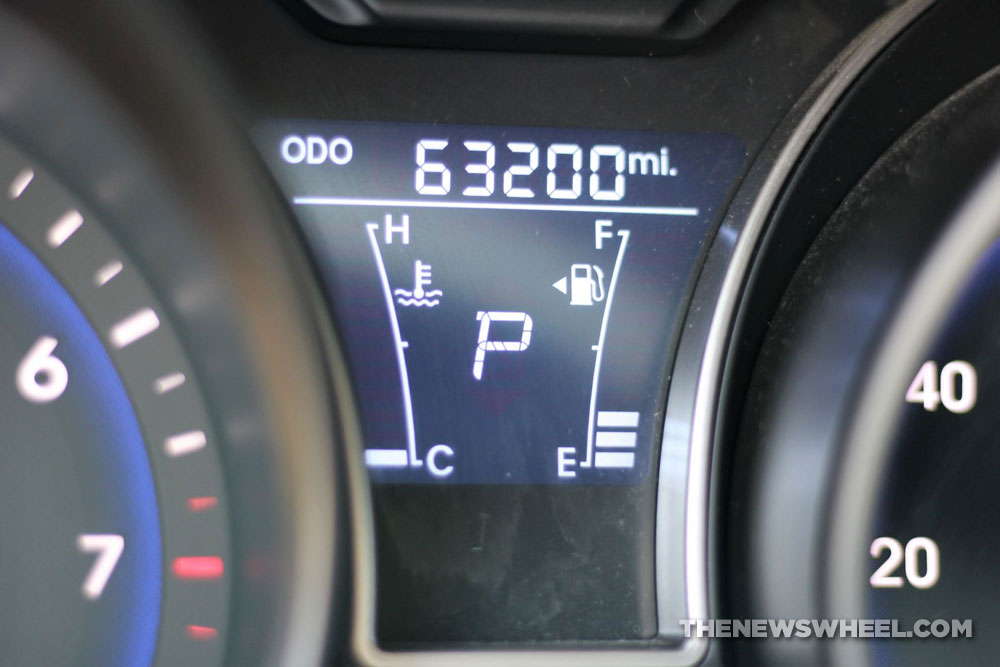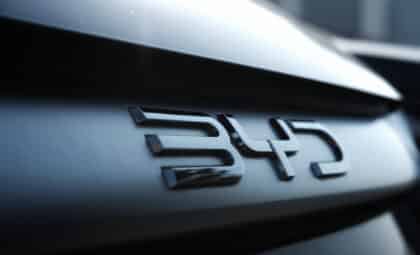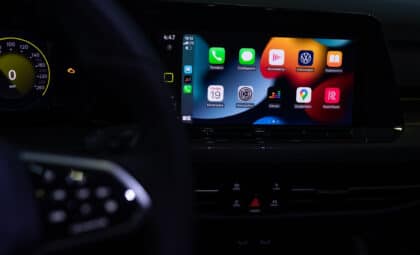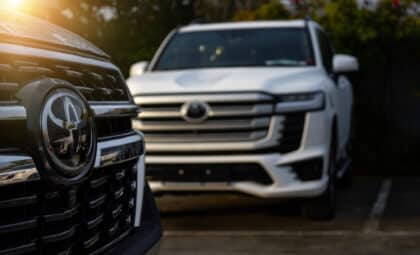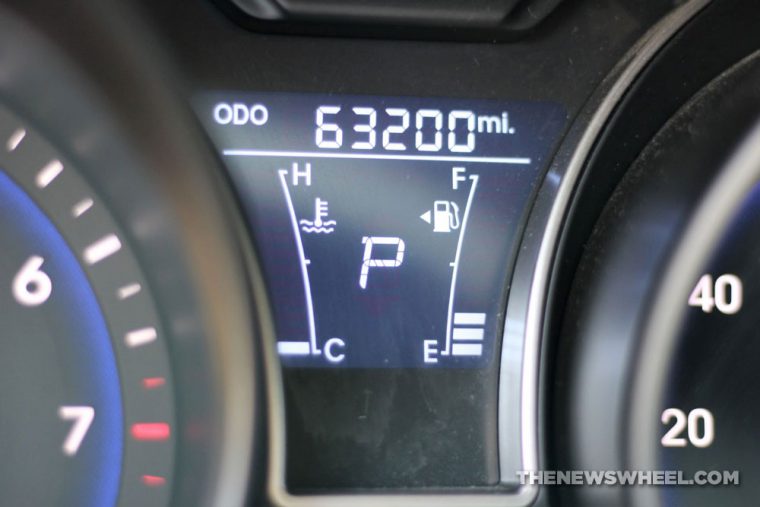 Photo: The News Wheel
Photo: The News Wheel
Most drivers have been guilty of pushing the limits of their fuel tank, driving when the fuel gauge is past “E.” I know I have endured the terror of calculating the distance to the nearest gas station and the tenuous state of that red bar…would I make it? Since my car doesn’t have an in-dash fuel economy display that lets me know how many miles I have left in the tank, I was left to sweat it out until I made it to the gas station.
Car Care Tips: How to keep your Chevy clean on your summer road trip
In-dash fuel economy displays can offer drivers a less stressful way to manage their fuel levels, but according to a recent study by AAA and the Automotive Research Center of the Automobile Club of Southern California, the drivers who depend solely on these systems to signal a fill-up may find themselves stranded with an empty tank of gas.
According to AAA, “On average, the fuel economy display of the vehicles tested showed a relatively low error of 2.3 percent as compared to the fuel economy measured by the dynamometer. However, individual vehicle error varied greatly, ranging from −6.4 percent to 2.8 percent. The negative number indicates that one test vehicle overestimated fuel economy by 6.4 percent or 2.2 mpg, while another underestimated it by 2.8 percent or 0.9 mpg. These specific results suggest that each vehicle reacted to changes in driving differently and that the accuracy can be impacted by driving style and conditions.”
Although the discrepancies were relatively low, which is good news for the 74 percent of drivers who rely upon the in-dash fuel economy displays for gas station stops, the study confirmed what most drivers have known for years — driving habits and behaviors like hard acceleration, overusing the AC and carrying too heavy of a load, affect a car’s fuel economy.
Learn More: Best Chevrolet vehicles for college students
Instead of letting the “miles-to-empty” calculation inspire a pit stop, drivers should get gas when their vehicle’s fuel gauge hits a quarter tank full, advises AAA.
DeAnn Owens is a Dayton transplant by way of the Windy City, yet considers herself to be a California girl at heart even though she’s only visited there once. To get through the dreaded allergy season unique to the Miami Valley, she reads, writes, complains about the weather, and enjoys spending time with her husband, two sons, and their newest addition, a Boston terrier puppy that is now in charge of all their lives. In the future, she hopes to write a novel and travel through time. See more articles by DeAnn.

